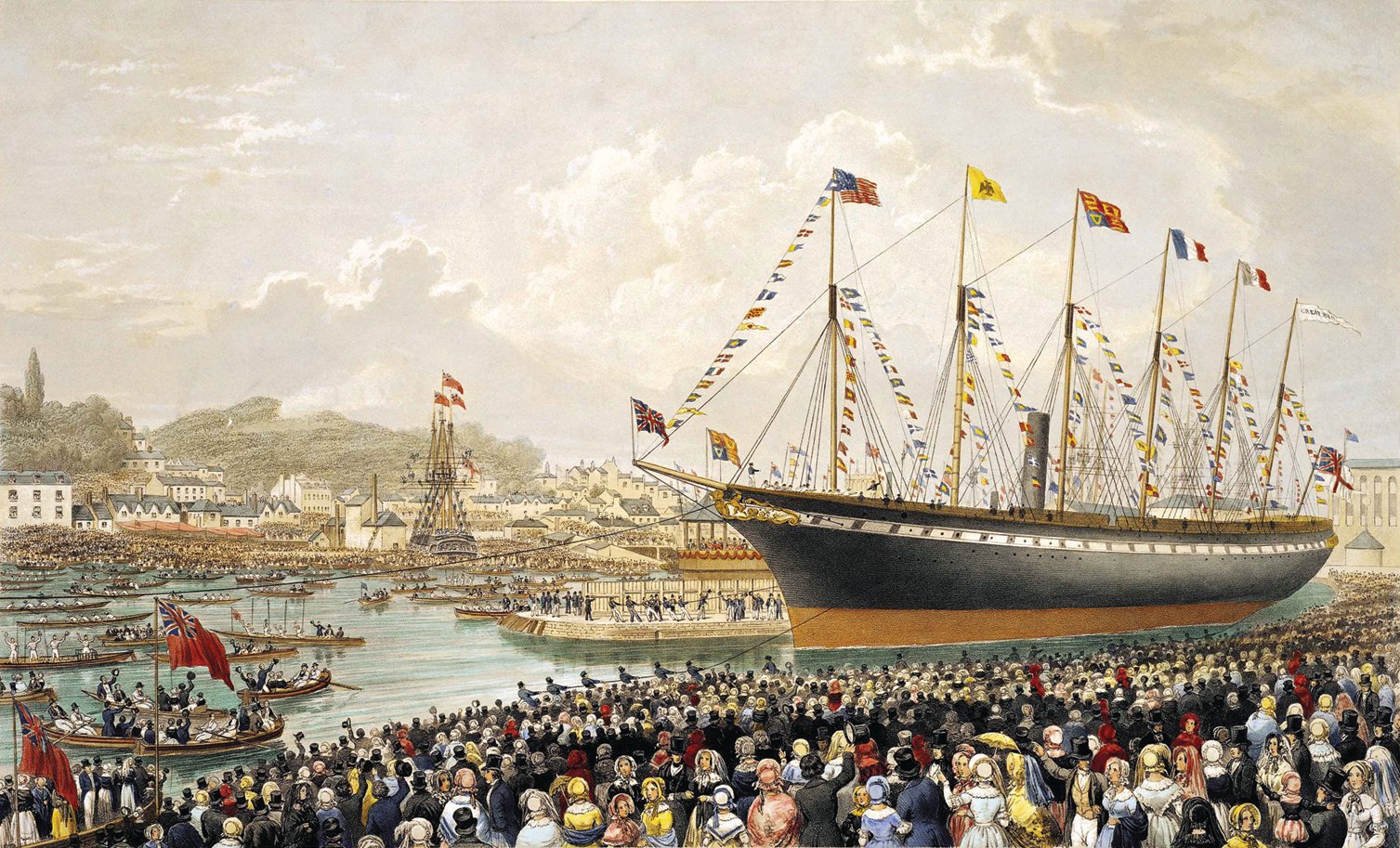
Due to the fortnight’s lead-time for publication, I filed my column for the September issue of the Tetbury Advertiser from the wilds of Glencoe while on holiday in Scotland last month. (Only last month? Seems a lot longer now!)
If, like me, you are restricted to taking family holidays outside of term time, here’s a handy tip: you can gain a psychological advantage by spending August in Scotland. The academic year is different north of the border, with the autumn term starting around the Glorious Twelfth. Local children returning to school add a frisson of guilty pleasure to our Scottish summer holiday. It feels as if we are bunking off.
This year, as ever, when we arrive in Scotland in early August, we make a pit-stop at a supermarket to provision our camper van. Here we find ourselves rubbing elbows in the aisles with brisk Scots mothers and stony-faced children bracing themselves for the imminent start of their new school year.
Gleefully my daughter calculates that even though we’re staying in Scotland for a fortnight, when she gets home, she will still have nearly three weeks of holiday left before the start of her new term. By then, these poor Scottish children will have been stuck into their studies for a month.
Suddenly our holiday feels much longer, as if we’ve stepped through a time-slip, albeit one from which we can return at will.
Travelling in Time
I can’t help wishing that real time travel was available as a holiday option.
My favourite tourist destinations are those that offer a sense of connection with the past. Some of these places are ancient, older than mankind itself, such as the Munro mountains that I can see from my window as I type this column. Others are much more recent. A highlight of this trip so far has been an afternoon at a traditional weaver’s cottage that pre-dates the Industrial Revolution. The cottage has been so sympathetically conserved to suggest that the occupant has just stepped away from his loom for a moment and will be back at any minute. By chance, one of his descendants was visiting that afternoon from Canada, adding to the feeling that this was indeed living history.
I’m sure I’m not the only tourist who hankers after time travel. A few days ago, my brother texted me from his family holiday in Rhodes to tell me about the tourist in front of him at the tourist information office. “Please can you give me directions to the Colossos?” the man asked. One of the seven wonders of the ancient world, the Colossos – the same size as the Statue of Liberty and a similar symbol of freedom that once graced Rhodes harbour – was destroyed by earthquake over two thousand years ago. But if the tourist information officer had been able to provide effective directions – “Just step through this portal, sir, and stop when you get to 226BC” – I suspect my brother would have gone along for the ride.






